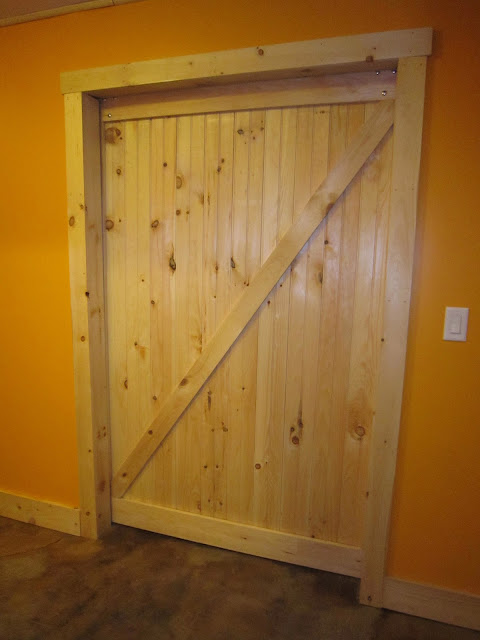A little history. We closed on the house on the Thursday, November 19th 2009. My parents came up the next day and we took down about 30 trees between friday and saturday night to make way for the excavator coming monday. The house had obviously no electric, no heat and no plumbing. My parents actually spent the night on a mattress in front of the wood stove insert before we ever slept in our own house. Sunday we worked from sunrise to well into the night to block up and move all the wood out of the way. It was an exhausting and cold weekend, but we got it done. Monday the excavtor arrived and we poured the footings on Wednesday The next day was thanksgiving. We got a significant amount of snow and it was there to stay. We got those footings in the ground just in time. We didn't move into the house until December 15th, when the plumbing was repaired. We lived off a portable gas generator until early january when the propane generator was put in. (Also about the time the mattress moved from the living room into a bedroom ) We then lived off that until the end or january when the battery bank was installed. We were using the generator to recharge the batteries about every three days. It took until close to the end of February for the PV panels to get up and running.
There that was exhausting just typing the saga. It has officially been three years since we closed on the house. We have been monitoring our propane use closely. Currently we use propane for the generator, range, dryer, boiler for hot water and heat to supplement the Solar Hot Water System.
Year One- Winter- 974.5
Summer- 178.4
Total: 1152.9
As you can tell we were quite concerned that we made a huge mistake and that this off the grid thing in a house that was not specifically designed for it was not going to work. Keep in mind that we were living on just the generator for almost two months of winter. That winter was a sparse one for us. We spent a lot of time wrapped in sleeping bags, staring at each other by the soft glow of an oil lamp.
Year Two- March- 356.8
Dec. 272.7
Total: 629.5
 |
| For Some Reason I have no Pictures of the new Wood Stove, I do however have a large number of pictures of the stove pipe |
Filled Dec 6th- 240.0
total: 459.3
*Update I added the lasted fill up amount.
Basically the majority of winter we only used 219.3 gallons of propane. Even though it was a light winter, I am calling that a success. We made some tweaks to our septic system ( found out some pumps were not working correctly) and moved the control box inside eliminating a small heater, and switched the priority of our boiler from heating to hot water, allowing it to run more efficiently for our purposes. We really were living quite lavishly as far as off grid-ing standards are concerned. (ie we watched some night time TV, baked more things in the oven )
I know there are a lot of off the grid folks who use much much less, but most are living in houses that were planned to be off the grid. Our house was designed to be connected to the grid. I have a dream system that would virtually eliminate the need for propane that I will share later, but it just wasn't practical to retrofit this house.


















